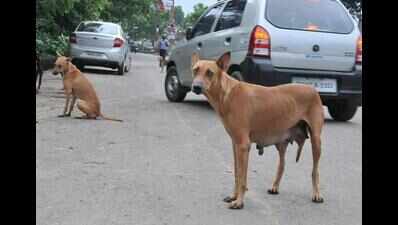Trending
623 canines sterilised, vaxxed in Salcete drive
Colva: A 19-day intensive sterilisation and vaccination campaign targeting stray and pet dogs along Goa’s Salcete coastal belt concluded on Friday, with 623 dogs sterilised and vaccinated. The initiative was undertaken by Worldwide Veterinary Services (WVS), Mission Rabies, and the Goa animal husbandry department.
The drive aimed to address the rising number of stray dogs and curb the spike in dog bite incidents reported in recent months, particularly in tourism-centric areas. It also sought to preserve the region’s image as a safe and welcoming destination for visitors.
Dr Stacy Sequeira, the director of WVS, confirmed that 558 stray dogs and 63 pet dogs were sterilised and vaccinated during the campaign. The team covered several prominent villages along the coast, including Cavelossim, Carmona, Varca, Benaulim, Colva, Betalbatim, and Majorda.
“In the initial days, pet owners were reluctant to come forward, but participation improved significantly as the programme progressed,” Sequeira said. “While we couldn’t reach every stray along the coastline, we plan to conduct a survey soon to determine the next phase of action.”
The initiative was launched in response to mounting pressure from local panchayats, shack owners, and the hospitality sector over the rise in dog bite incidents. With the summer tourism season approaching, there was an urgent call for sustainable and humane population control measures.
Sequeira also stressed the need for public awareness, particularly regarding pet sterilisation. “There’s still hesitation, especially when it comes to neutering male dogs. Many owners believe it will reduce their dogs’ ability to guard property,” she said. “However, male dogs contribute equally to the stray population, which eventually leads to the abandonment of unwanted puppies.”
With the initial phase completed, authorities and partner organisations are now looking at data collection and strategic planning for future interventions, she said.
End of Article
Follow Us On Social Media










